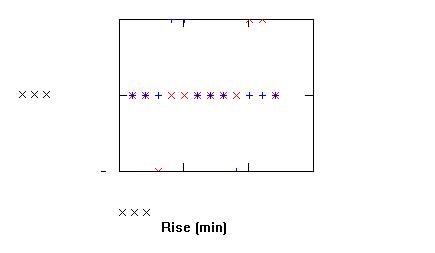Twilight is caused by
the scattering of sunlight by the upper layers
of the Earth's atmosphere. There are different definitions of
twilight.
Astronomical twilight begins at sunset (ends at sunrise) and
ends (begins) when the Sun's center is 18 degrees below the horizon. Civil
twilight begins (ends) when the Sun's center is 6 degrees below the horizon;
nautical twilight begins (ends)
when the Sun's center is 12 degrees below the horizon.



























































































